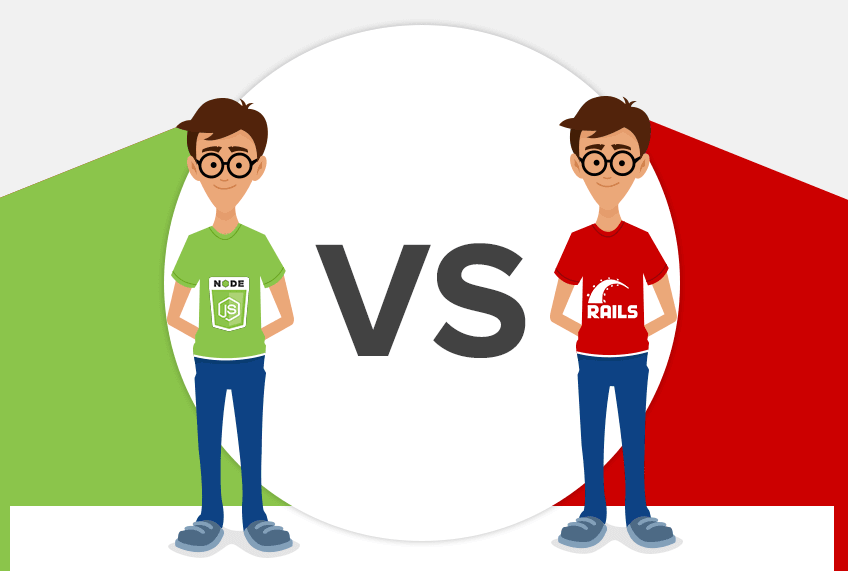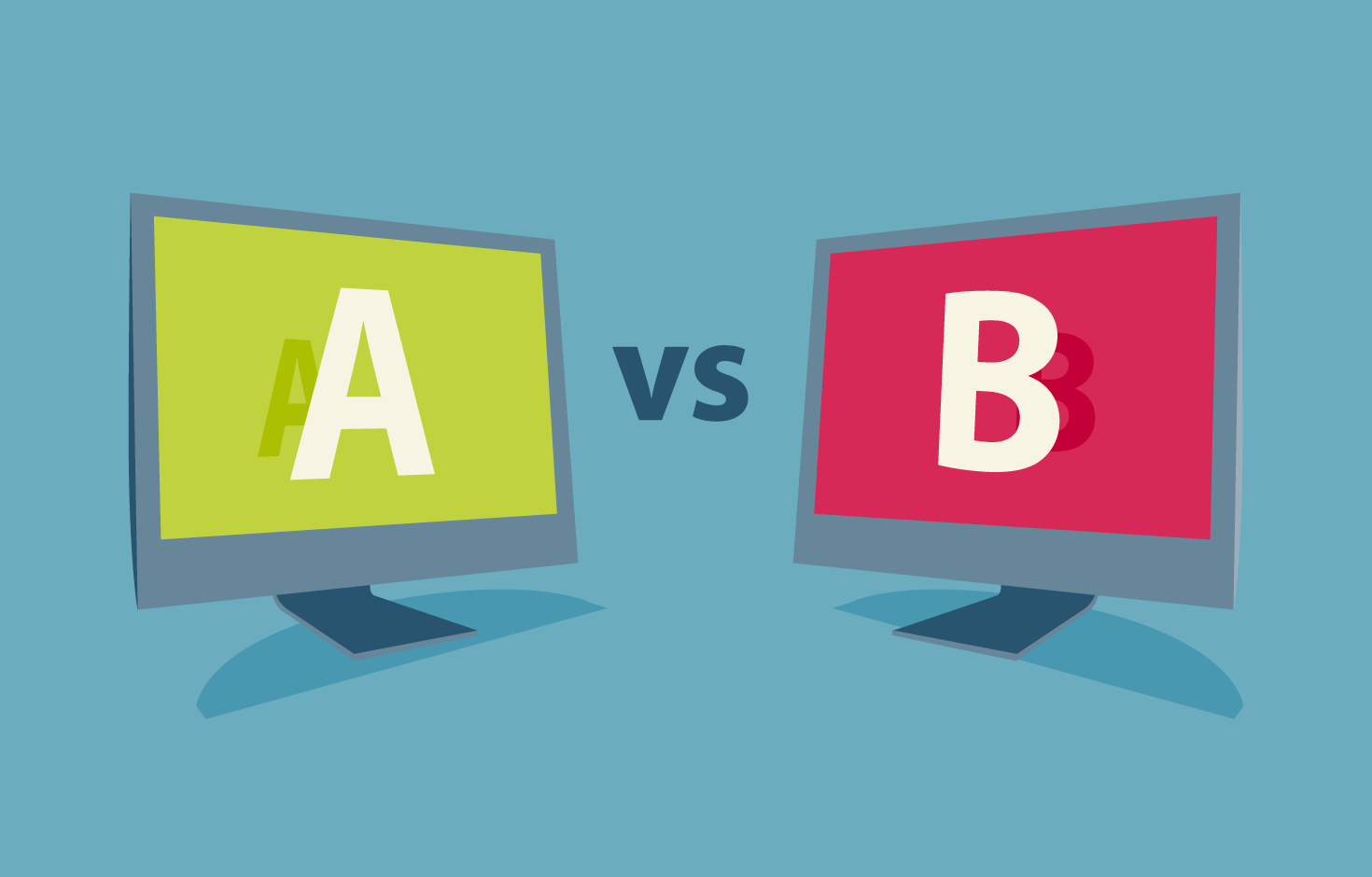Sub-broker and Authorized person are two different partnership business model offered by a broking house. These two models are not very different from each other in many aspects, for instance, the obligation and liabilities of a sub-broker and an authorized person are the same.
But technically speaking, we will find multiple differences between these two models. Most of the people who want to enter into a partnership business in the broking field get confused between these two terms. And that is okay, really!
Because when you are confused, you ask questions and that is why are here to assist you with all your queries.
In this article, we will try to cover all important differences between the sub-broker and an Authorized person from various angles like its meaning, registration, security deposit, revenue sharing ratio etc.
Let’s start our discussion with the point of difference between Sub-broker Vs. Authorized person.
Sub-broker and Authorized person Key Differences
Let’s have a quick look at some of the key differences between the two partnership models of Sub-broker and Authorized person:
| Consideration Area | Sub Broker | Remisier |
| Meaning | A sub-broker is a person works on behalf of a trading member of a recognized stock exchange. | A person appointed by a stockbroker and as an agent gets access to the trading platform of a stock exchange. |
| Registration | Registered with SEBI | Just needs to fill an agreement form with the stockbroker. |
| Initial deposit | ₹50,000 - ₹3,00,000 | Minimum ₹10,000 or NIL |
| Revenue sharing ratio | 50%-80% | Mostly fixed on 20%-50% or a little more. |
| Responsibility | Just like an extension branch of the stockbroker so takes almost all responsibility of a stockbroker. | It has a bit less responsibility than a sub-broker. |
| Agreement | Sub-broker enters into the tri-party agreement | AP enters into the two party agreement. |
Sub-broker and Authorized person: Meaning
A sub-broker is a person who works with a registered trading member of a recognized stock exchange. They set up their own office to make their client base and work from there. They get an agreed percentage of brokerage generated by their clients as a commission from the stockbroker.
A sub-broker is just like an extension branch of the stockbroker where everything from a trading terminal to research reports is available to help clients.
On the other hand, An authorized person is appointed by the stockbroker and gives access to the trading terminal as well as tools and technology of a stock exchange.
They provide an authority to trade them in one or more than one segment. AP can work from any office or branch of the stockbroker also.
Also read, How To Become a Sub Broker in Mutual Funds.
Sub-broker and Authorized person Registration
A sub-broker required to get registration from the securities exchange board of India (SEBI) and affiliated to a trading member of any recognized stock exchange like NSE and BSE.
An authorized person need not go anywhere for the registration process. They just need to fill a sub-broker agreement form with the main broker. Actually, it is the stockbroker who gets the registration of AP from a stock exchange say NSE or BSE with which they are self-associated.
Also, APs are required to register separately if they want to deal in two or more segments but the case is different in case of a sub-broker.
Having said that, SEBI has now mandated the conversion of sub-brokers to authorized person otherwise the licenses can be cancelled.
Sub-broker and Authorized person: Initial Deposit
Both sub-broker and Authorized person are required to deposit some security money with the main broker. A sub-broker normally requires ₹50,000 – ₹3,00,000 initial deposit/security money to start the business.
While an authorized person requires a minimum of ₹10,000 initial deposit/security money to start the business. This range is an average range of the authorized persons. It can be a bit high or low.
Sub-broker and Authorized Person: Revenue sharing ratio
A sub-broker gets a fixed percentage of revenue (mentioned on the agreement) generated by their clients. That percentage is fixed at the time of the agreement between both the parties. Normally, it ranges from 50%-80% on the basis of the security deposit, experience or other things.
An authorized person gets less percentage of revenue generated by their referred clients. Because they perform a bit less work in comparison with the sub-broker. The range of revenue sharing ratio is 20%-50%.
Sharekhan offers best in industry commission rates, you can read Sharekhan Sub Broker Eligibility to check your eligibility.
Sub-broker and Authorized person: Agreement
A sub-broker enters into a tri-party agreement in which a sub-broker, stockbroker and a client involved. The client trade with the sub-broker and the stockbroker can not take brokerage directly from the clients of the sub-brokers.
On the other hand, an authorized person enters into an agreement between the two parties only.
Sub-broker Pros
Here is a look at some of the positives of a sub-broker model:
[su_list icon=”icon: check” icon_color=”#59bb37″]
- A sub-broker gets an attractive revenue sharing ratio.
- An opportunity to grow and become a successful entrepreneur.
- Can access all the tools and technology with the research reports published by the main broker.[/su_list]
Sub-broker Cons:
Here are a few concerns you need to deal with as a sub-broker:
[su_list icon=”icon: remove” icon_color=”#e9341d”]
- High initial investment/security deposit required.
- Need to set-up an office with all the required infrastructure.[/su_list]
Authorized Person Pros:
These are some of the benefits of being an Authorized person:
[su_list icon=”icon: check” icon_color=”#59bb37″]
- They don’t need to set up their research and advisory team, they get major support from the stockbroker.
- Initial investment/Security deposit required is very low. Even one can start the business with just Rs. 10,000 as security deposit also in some cases.[/su_list]
Authorized Person Cons:
Finally, a concern you must be aware of as an AP:
[su_list icon=”icon: remove” icon_color=”#e9341d”]
- The percentage of the revenue sharing ratio is low in the comparison of a Sub-broker.[/su_list]
Hence, from the above discussion, it is pretty clear that what is the actual difference between a sub-broker and an Authorized person.
In case you are looking to become a sub-broker or a stockbroking partner in any format, let us assist you in taking the next steps forward:
More on Sub-brokership
If you wish to learn more about sub-brokership, here are a few references for you:



